Teacher turns house into "invention workshop" for students for 20 years ( Video : Doan Thuy).

The student, wearing a virtual reality headset, held his hand forward. The five fingertips were equipped with small sensor modules that flashed red and blue lights according to each movement. On the projector screen, the virtual hand moved in real time - smoothly, with precision down to the finger joints.
Not a lab in a large research institute. This is the second floor of a small house deep in an alley in Hanoi - where Dr. Nguyen Phan Kien has turned a space of only 25 square meters into a "mini invention workshop" for students to practice.
Every Saturday afternoon, the room of the Vice Dean of the Institute of Health Science and Technology, Hanoi University of Science and Technology becomes bustling with nearly 20 students from different engineering majors.
They divided into small groups, taking turns presenting their ideas, updating project progress, and introducing the scientific models they were developing. There were no scorecards, no one to grade their papers, but the seriousness and creative energy were always full.
Smart gloves applying virtual reality technology are one of hundreds of inventions that Dr. Kien has researched and developed.
The device integrates a fingertip sensor, an IMU motion sensor, and an EMG muscle force sensor - allowing it to record and simulate real hand movements, while reproducing the feeling of gripping through a vibration motor.
All aim to help patients after stroke and trauma recover faster through virtual reality interaction.
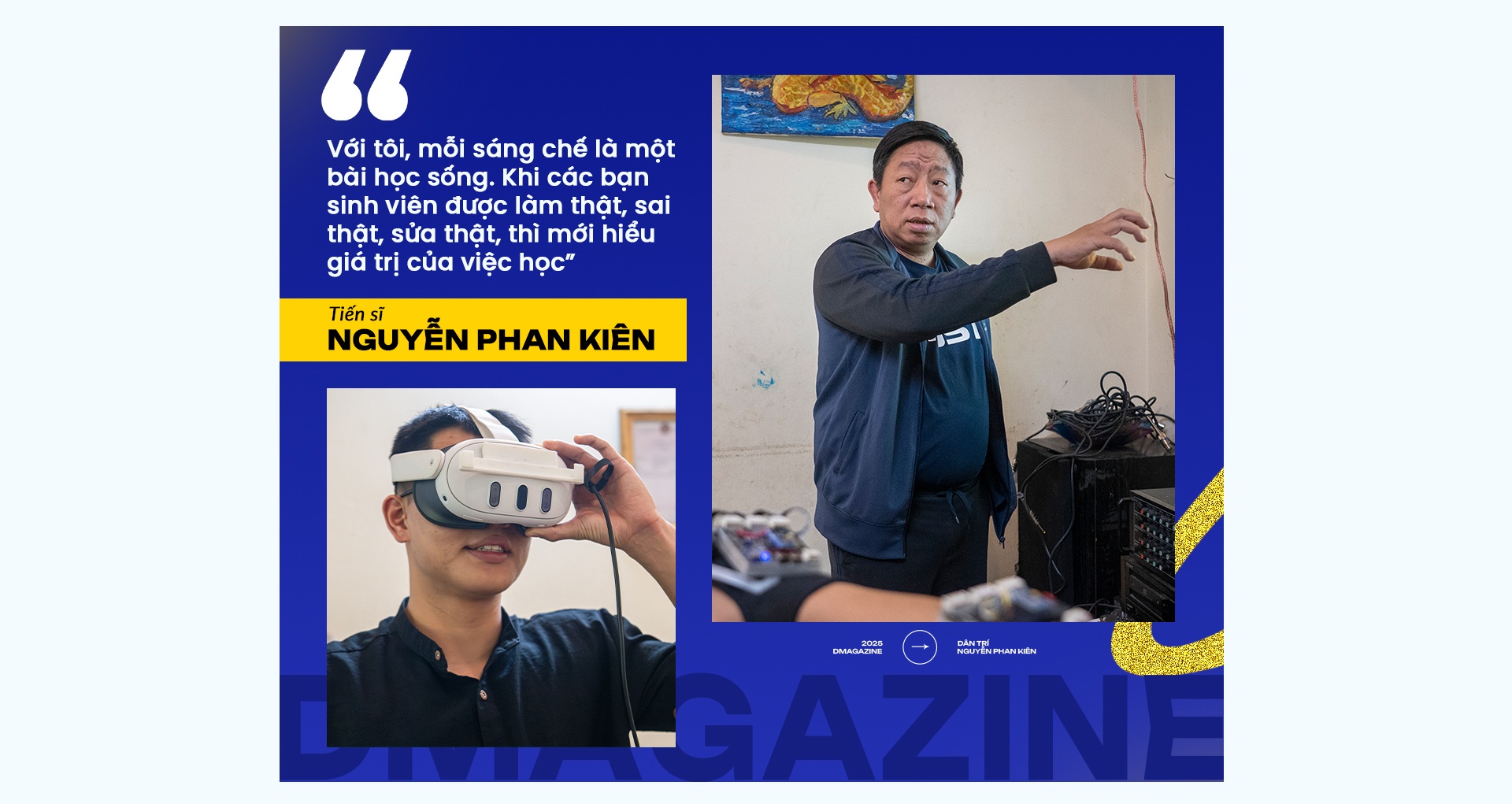
"I have to do it first to motivate my students. A teacher without any products will find it difficult to arouse students' curiosity and creativity," Dr. Kien shared.
Dr. Kien converted the first floor of the house into a practice area for students to assemble, test products and operate models. For over 20 years, this special class has been maintained by him.
Dr. Kien often chooses Saturday afternoons to teach because this is the time when students are free. "Sometimes after class, the whole group invites each other to eat, to bond and relax," the teacher excitedly said.
From class K43 (2003) to now K69 (2025), nearly 100 students have studied and worked in that small room - the place where scientific ideas are nurtured and brought to life.
"For me, each invention is a life lesson. When students get to do it for real, make real mistakes, and correct them for real, then they will understand the value of learning," Dr. Kien said while watching the presentation, his face both serious and full of interest.
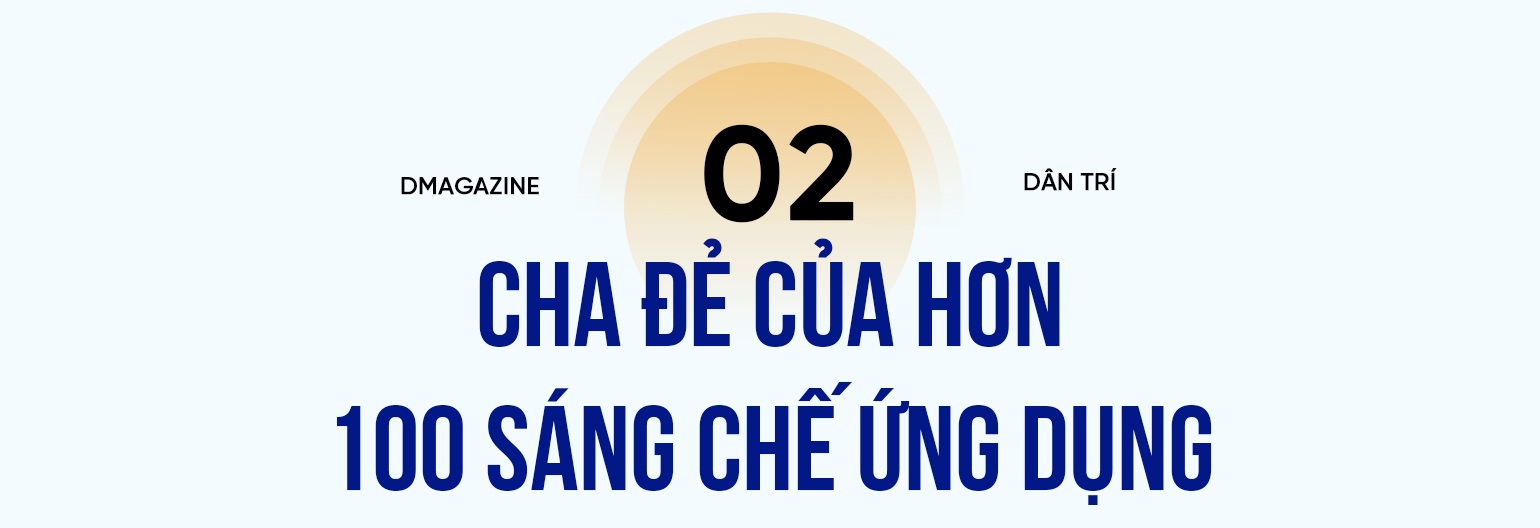
Not only is he the one who ignites the passion for research in the younger generation, Dr. Nguyen Phan Kien is also the father of more than 40 useful inventions that have been commercialized, along with 10 products that have made important contributions to the fight against the Covid-19 pandemic.
Although he is nearly 50 years old, he is still diligently working on each technical drawing and each prototype. For him, invention does not stop at scientific papers or laboratories - it must be something that can be touched, used, and help someone in real life.
Most recently, he and Associate Professor Dr. Tran Thuong Quang continued to mark a new step forward in the chain of innovations towards the community when successfully developing a joint gel product.
Previously, in 2024, when he was appointed Deputy Director of the Institute of Health Science and Technology, Dr. Nguyen Phan Kien and his colleagues in the interdisciplinary research group began developing products with high applicability in the biomedical field.
However, due to difficulties in commercialization and cost compared to imported products, this research direction was temporarily stopped.
From there, the group switched to a line of gels for wound treatment and soft tissue injury recovery support with high requirements for sterilization, creating a biofilm to protect wounds and supporting cell regeneration stimulation.
During the testing process, the team discovered that the gel was surprisingly effective when used to help relieve knee pain. From natural experiments and real-life feedback, the team refined the formula and developed it into a line of joint gel products.
The gel works on the principle of bioelectricity, helping to stimulate cell recovery, increase capillary proliferation, support cartilage regeneration and effectively reduce inflammation.
The product was tested and more than 2,000 tubes were given away for free to users to collect real feedback. Initial results recorded many cases of significant improvement in joint pain, soft tissue damage, and even mild bone fractures.
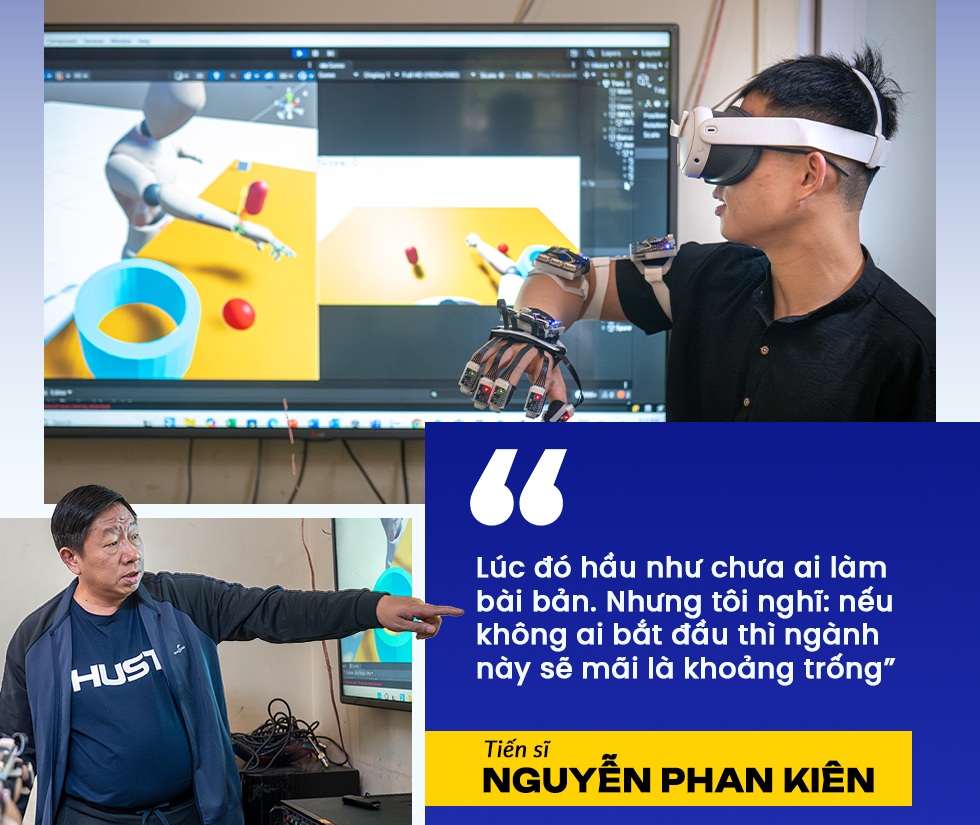
Currently, the research team continues to improve the quality and deodorize the characteristic gel due to the biological polymer membrane layer, aiming for product standards that can be widely applied in the market.
Following that success, Dr. Kien's research team focused on developing two new technology projects, both aimed at restoring function to patients, suitable for user conditions in Vietnam.
The first project is a smart glove that combines virtual reality technology, designed specifically for patients recovering hand function after injury or stroke.
The second project focuses on a special target group - people with flat feet, especially children.
"If you are not flexible when doing research, it is easy to give up halfway. I do not choose the shortest path, but choose the path that creates real value," said Dr. Kien.
That thinking is also the reason why his research group is expanding, not only stopping at biomedical equipment, but also aiming at people's livelihood issues such as controlling chemical residues in agricultural products, or distinguishing clean meat from dirty meat - areas that seem unrelated but are practical to life.
Dr. Kien said that the new products still maintain the core spirit of the research group: "Developing technology for the benefit of the community, with the clear criteria of making products that can be used, sold and bring real value."

Graduated in Electronics in 1999 from the Faculty of Electronics and Telecommunications, Hanoi University of Science and Technology, Dr. Kien continued his studies and completed his Master's degree at the same school in 2002. Six years later, he received his PhD from Shibaura Institute of Technology (Japan).
The doctor's name began to be noticed by the domestic scientific community in 2010, when the energy-saving device for fluorescent lamps - a product developed by him and his colleagues - continuously won many major awards.
At that time, his career path seemed clear: continue to delve into the familiar field of engineering, where devices, circuits and electric currents are a world full of reason and logic.
However, he chose a bold turn - into a completely new field in Vietnam at that time: Medical electronics.
It was not a random move. It was the years of immersing himself in science that gave him a different perspective: on technology related to medicine, on machines serving people, on engineering related to life.
Choosing a difficult path, the doctor still steadfastly pursued his goal and became one of the pioneers in building the foundation for the Medical Electronics industry (now expanded to Biomedical Engineering) at Hanoi University of Science and Technology and contributed to the development of this field in the country.
"At that time, almost no one was doing it properly. But I thought: if no one started, this industry would forever be empty," he shared.
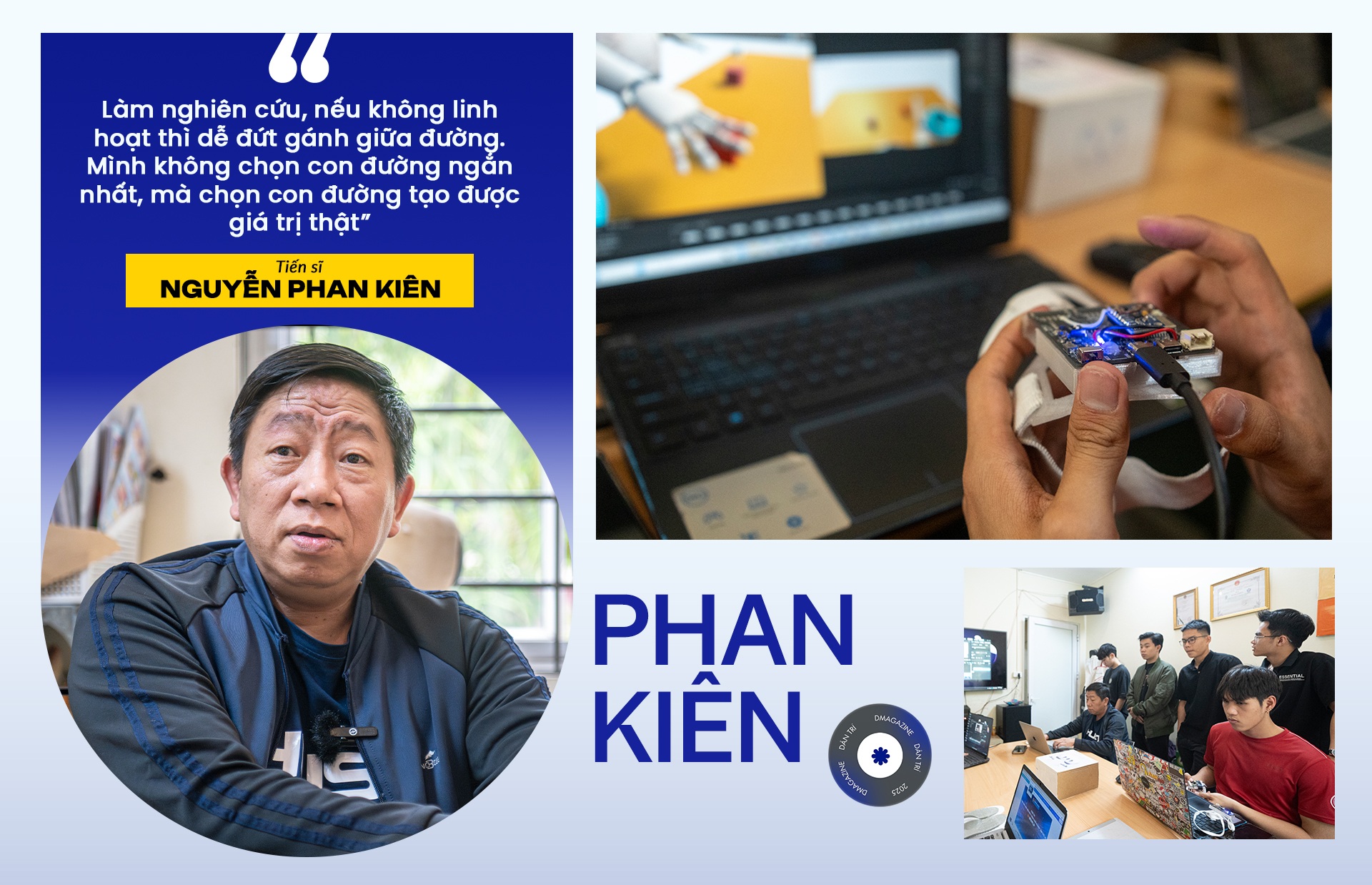
Thus, Dr. Kien and his colleagues gradually laid the foundation for a field of study connecting medicine and technology - something that the world has developed for a long time, but Vietnam still leaves unexplored.
Thanks to his highly applicable initiatives and innovative approach, he was selected to participate in the Leaders in Innovation Fellowships (LIF) program organized by the Royal Academy of Engineering and sponsored by the Newton Fund.
This is a program that supports young scientists in bringing research ideas out of the laboratory and into commercially viable products, contributing to solving sustainable development problems.
Sharing about his research journey with many ups and downs, Dr. Nguyen Phan Kien admitted that there were very difficult periods. But instead of letting negative emotions control him, he chose to look at it differently.
According to him, all emotions originate from the way people think and talk to themselves: "If I say I'm sad, the image that makes me sad will immediately appear in my head, pulling my emotions down.
But if I think I'm not happy, my brain automatically finds positive memories. That will motivate me to keep going, instead of sitting still."

Dr. Nguyen Phan Kien came to scientific research from a very "amateurish" passion, or as he himself jokingly said, a habit of liking to "make porridge".
"In the past, I did whatever I liked. I could make one machine or ten. But when I started production, I realized: If I couldn't calculate the cost, the ability to replicate, or the actual demand, it would be easy to fail."
That saying is the conclusion of more than 20 years of dedication to applied research of this scientist. Where each idea not only needs to be accurate, but also needs to be viable in everyday life.
In his research projects, Dr. Kien does not hire outside engineers nor does he seek personnel from businesses. His collaborators are none other than university students.
He started training students from the first and second year. Those who are truly passionate, hardworking, and have the qualities will be guided to participate deeply in the projects.
"Once you have been properly trained and have practical experience, you will be the one who understands the equipment best and confidently stands behind the products you make," Dr. Kien shared.
The research groups led by Mr. Kien are all divided systematically according to their expertise: circuit makers, software writers, signal measurement people, hardware designers... This model not only helps students hone their skills but also practice systematic thinking while still in the classroom.
This teacher repeatedly reminded students that biomedical engineering is a field that does not allow for "generalization". It is acceptable for a phone to have a distorted sound. But a medical device with a distorted signal can be life-threatening.
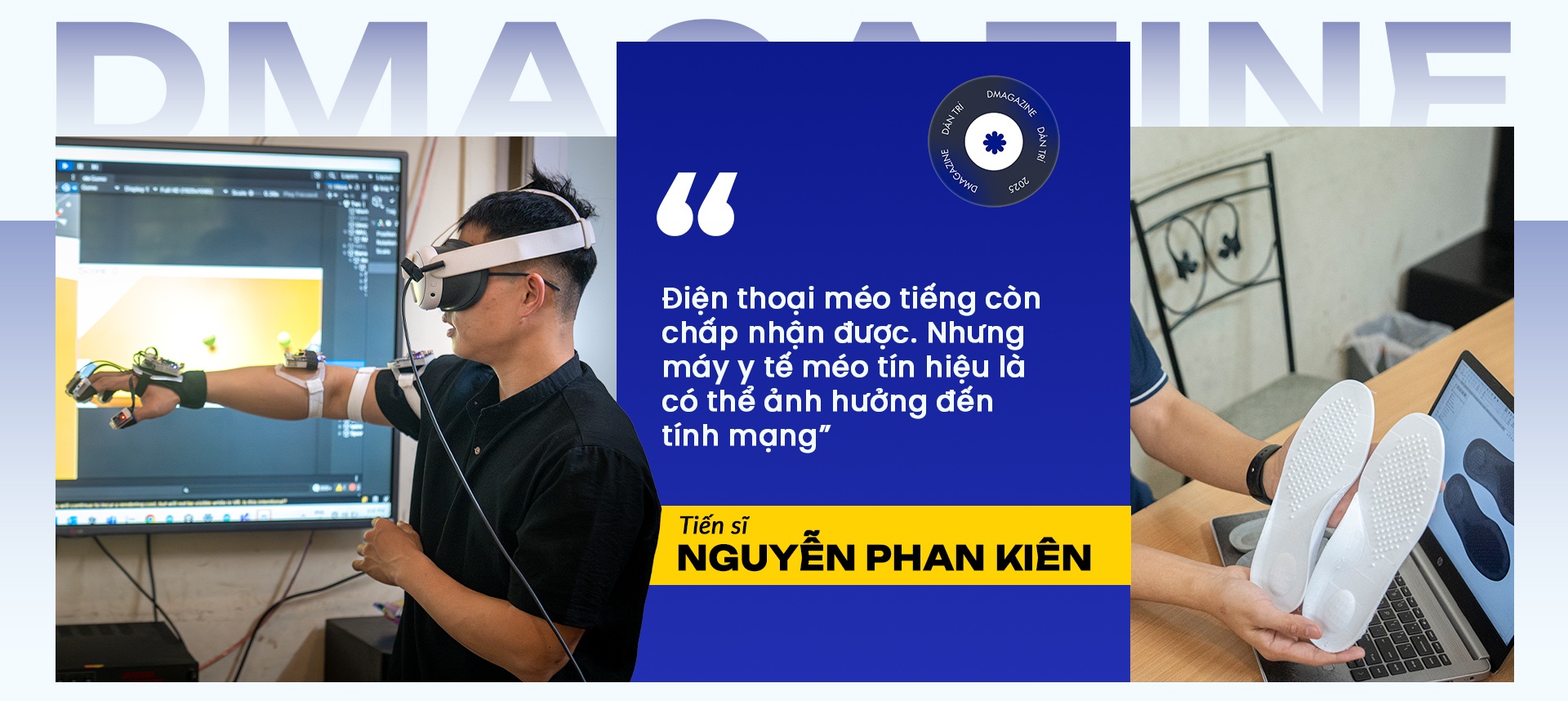
So, theoretical training always goes hand in hand with practice. In class, he divides the time in half: half for theory, the other half for students to "hold the meter, plug it in, and look at the signal pattern".
For him, students must "contact reality as soon as possible" and the driest things can become learning motivation if "introduced" properly.
There were students who gave up halfway through. Some found it difficult and complained. "If you complain, the teacher will scold you," he laughed.
But afterward, Dr. Kien always sat down, pointed out each error, and suggested each direction. "The most important thing is not to hide your ignorance. Students have the right to ask. Teachers have the responsibility to answer - or find a way to answer," the doctor expressed his opinion.
From the classroom to the lab, he turns every working session into an open interaction. Students are allowed to propose ideas and carry out small projects, which can be as simple as an automatic watering system.

"Going to school is not just to work for a business. Making a watering machine for your parents is also an application," he said.
It is this spirit that makes the training process not just about imparting knowledge, but also about inspiring, building a foundation of thinking and motivating action. Once students have created their first product, they will want to continue.
"It's like lighting a fire, just add more wood and it will continue to burn," he shared passionately.
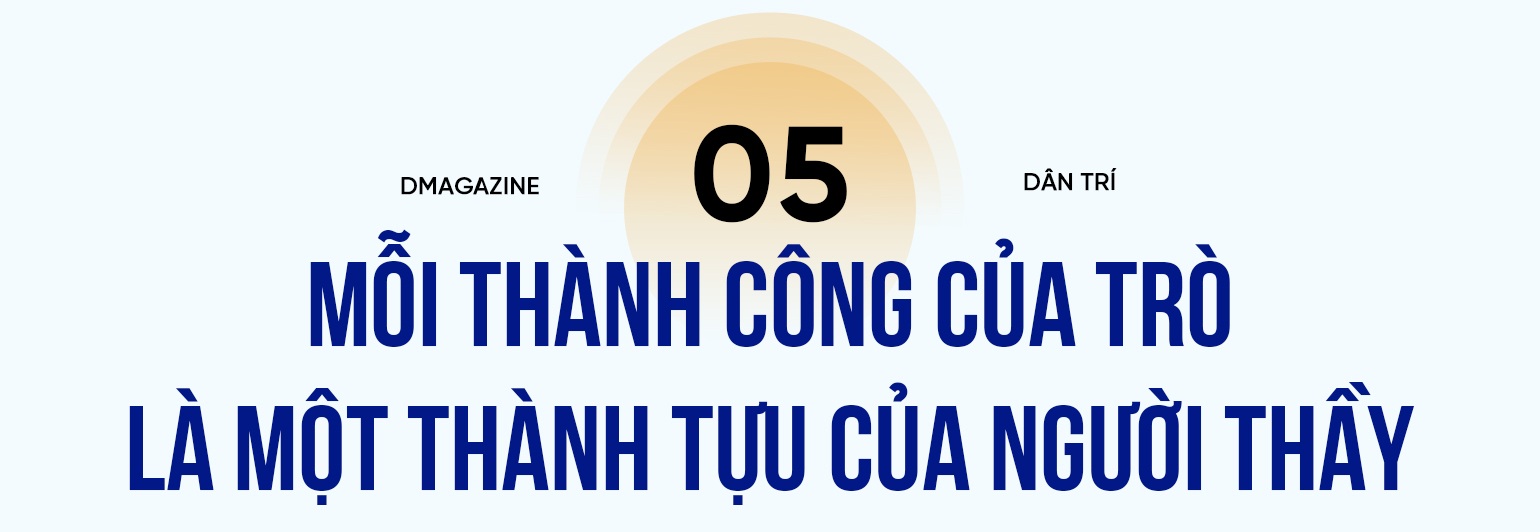
Sharing his first impressions when receiving support from Mr. Kien in a research project on applying virtual reality to rehabilitation, Mai Ba Nghia, a student at the School of Mechanical Engineering, Hanoi University of Science and Technology, said:
"My first impression of him was his extremely profound knowledge, not only of mechanics but also of electronics and biology.
He is a great inspiration to me because of his passion for scientific research and especially his attitude of always being ready to accept new ideas, even when the product is still in the gestation stage."
Not only Nghia but many other students also share the same feeling about Dr. Kien's dedication.
Nguyen Anh Tuan, a student at the School of Materials, Hanoi University of Science and Technology, shared: "The teacher gave many useful advices, both in terms of technique and product development orientation.
During the working process, I clearly felt his enthusiasm, especially his willingness to support students' expenses if the project really has potential."
As a doctor, a scientist, a teacher, he has had hundreds of applied inventions.
But if you ask him what work he is most proud of, it is probably each student who has walked out of that small room, with a scientific spirit, a creative will, and a dream that dares to take shape.

"Some students now have their own companies, inventions, and orders to export their designed products abroad," the teacher proudly shared.
At the end of the working session, the group of students cleaned up their models and folded their laptops. After hours of intense discussion, they felt comfortable and relieved to have solved a series of problems thanks to the teacher's dedicated guidance.
In the middle of a familiar space, a student said loudly: "Teacher, my stomach has been growling for a while now!". The whole group burst out laughing.
Dr. Kien excitedly said: "Let's go, I'll pay!".
So the teacher and students went out to the street together, continuing to discuss the model, the sensors, and things that had not yet been clarified.
Amidst the crowded, noisy Hanoi, that small room quietly lights up the rays of science - not through scores, but through passion and the true value that each product brings.
Source: https://dantri.com.vn/khoa-hoc/nguoi-thay-20-nam-bien-nha-thanh-xuong-sang-che-cho-hoc-tro-20250504120903230.htm


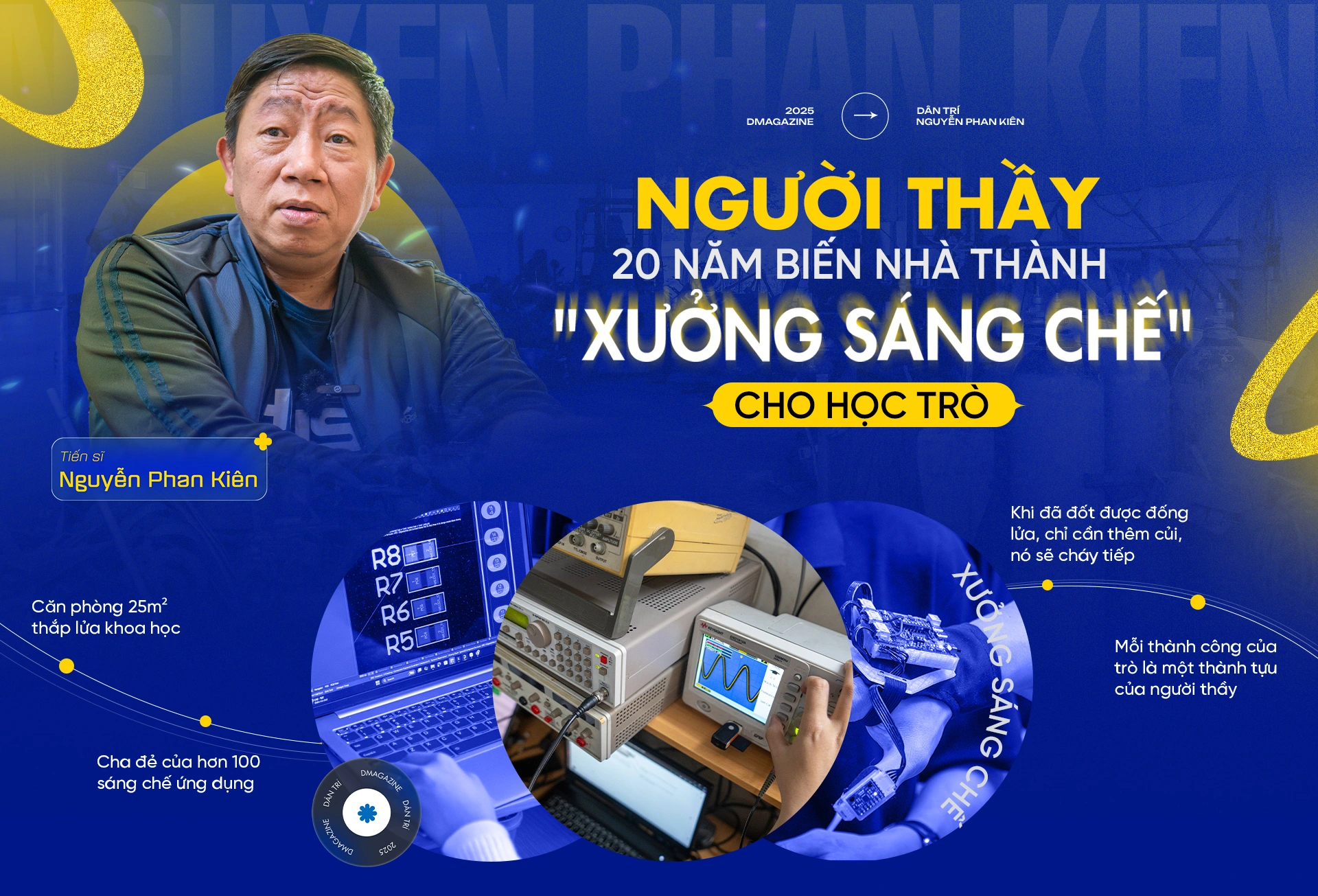
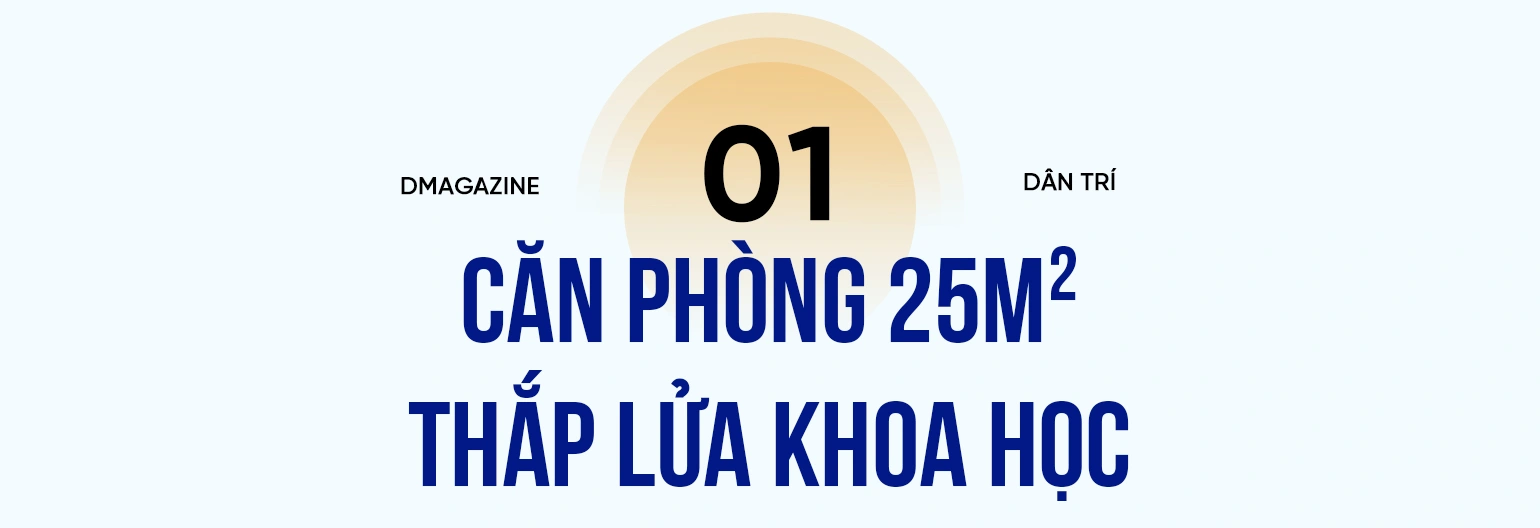
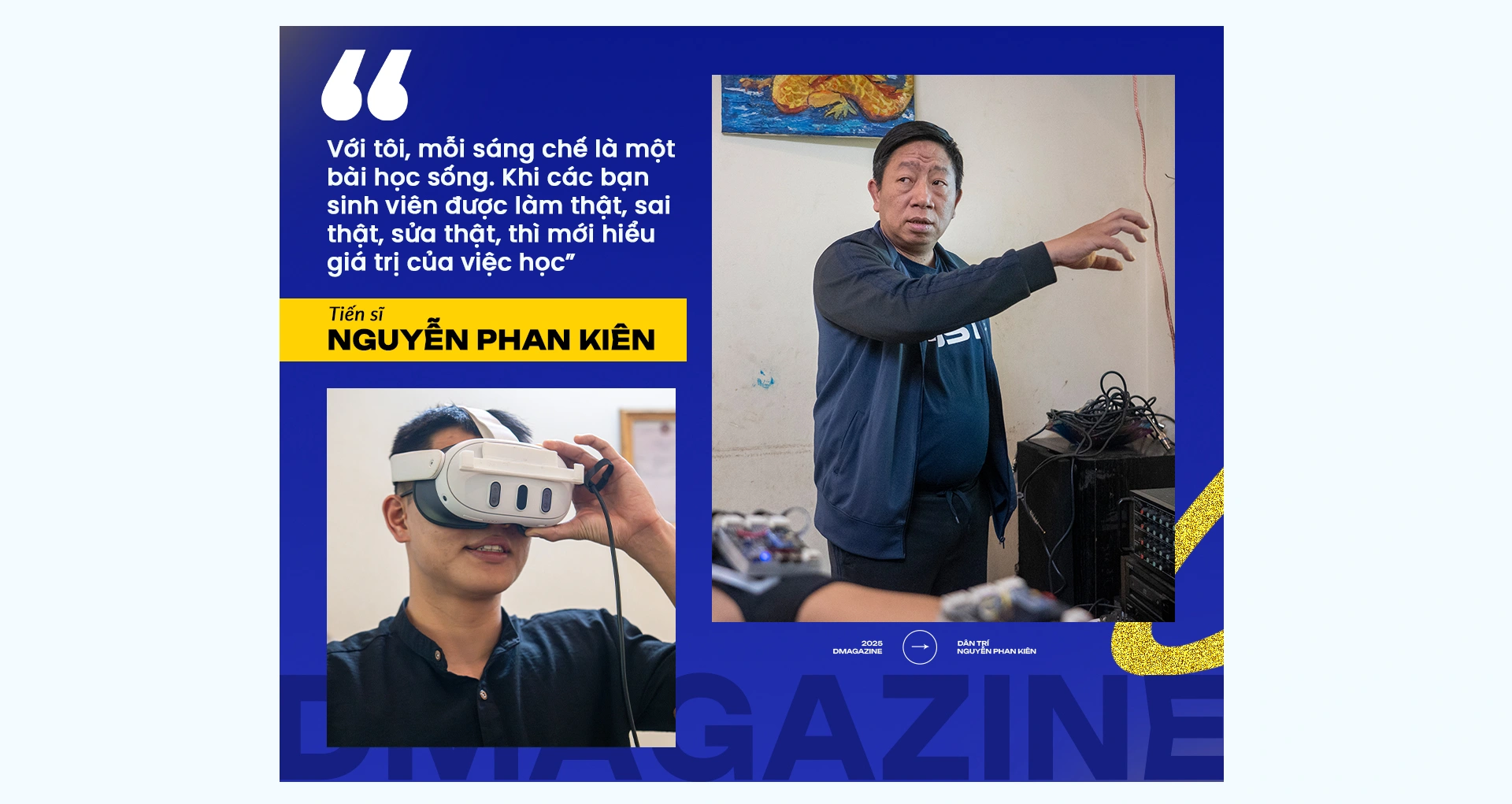
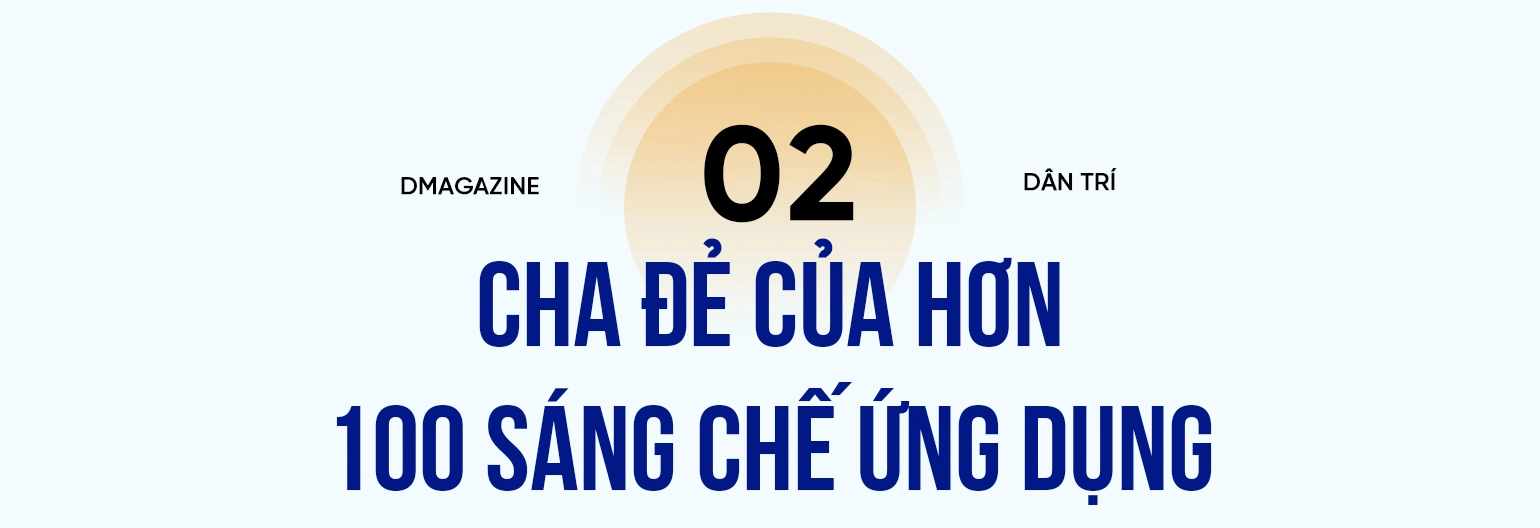
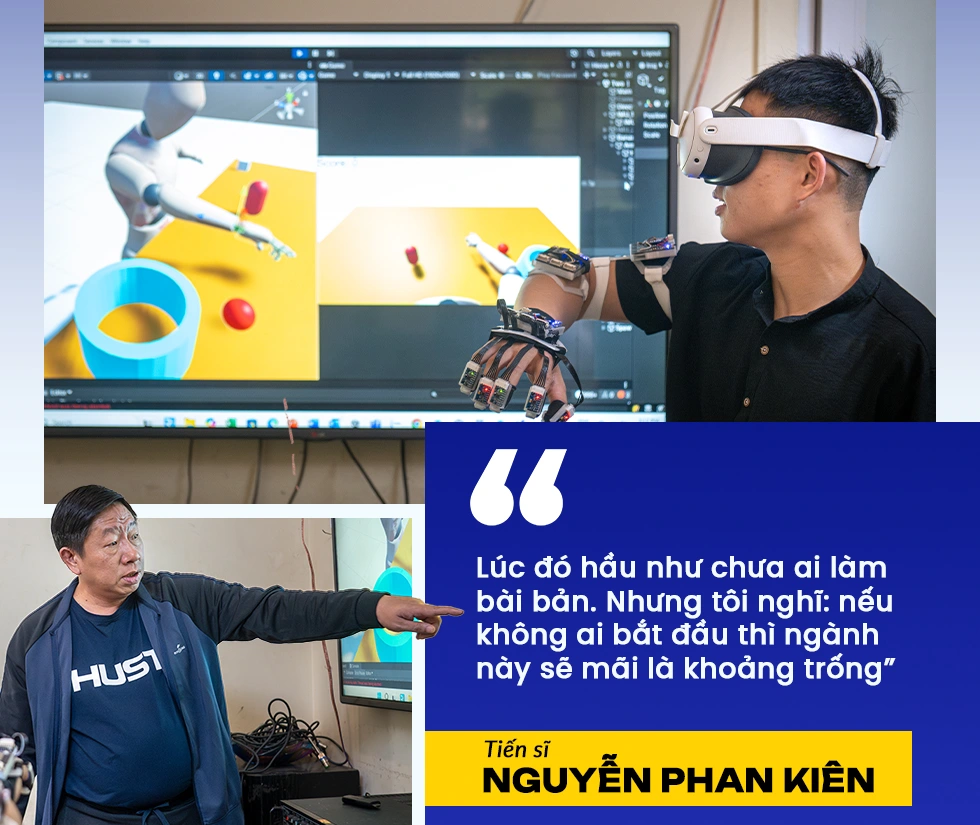

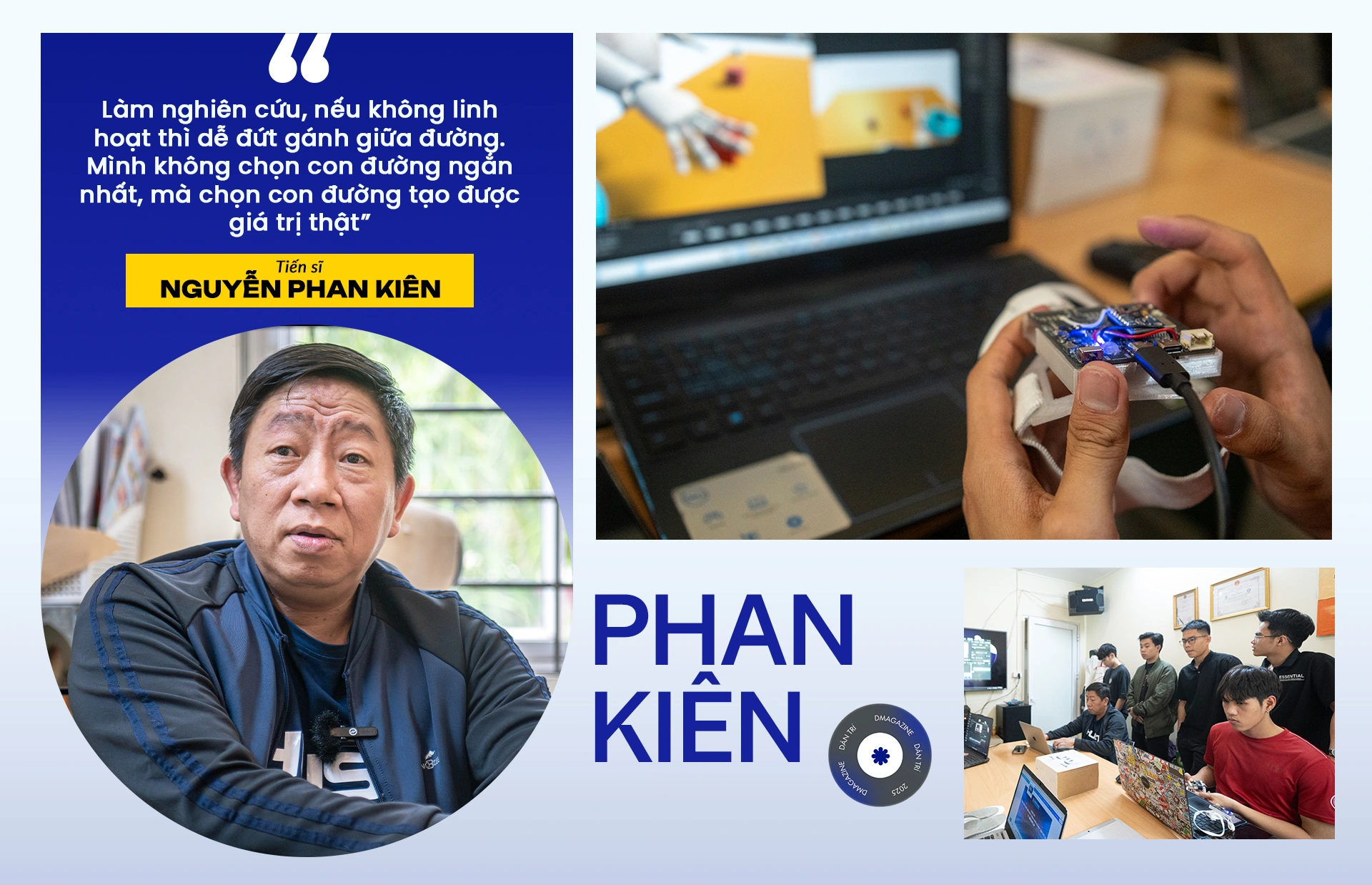
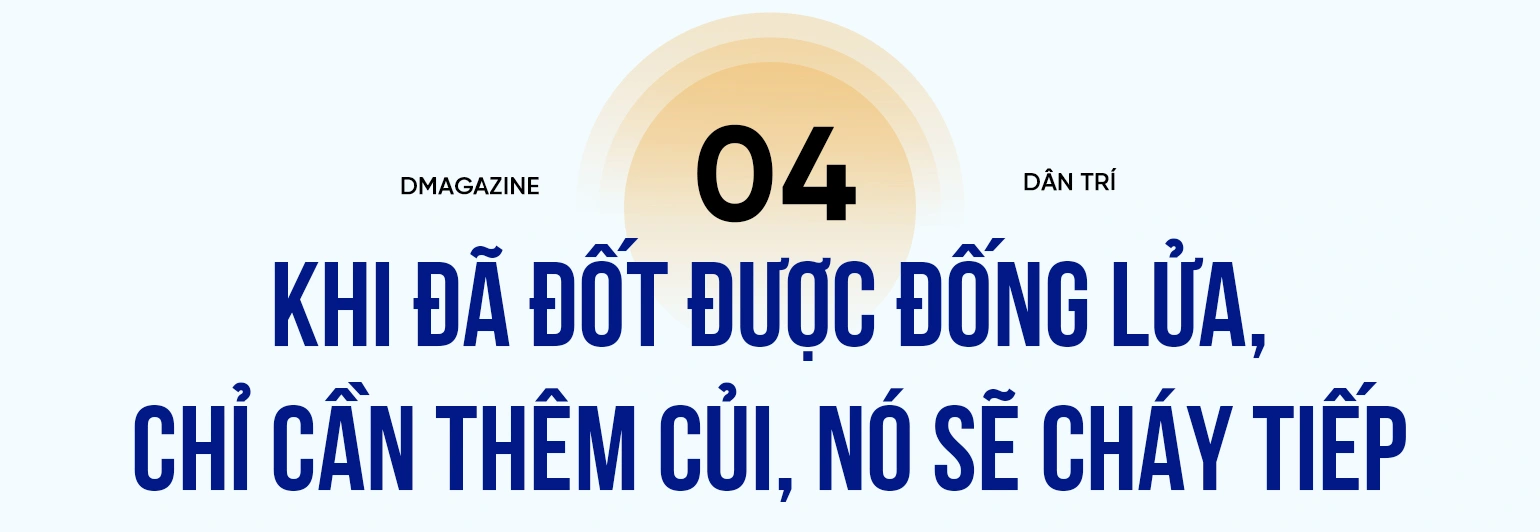
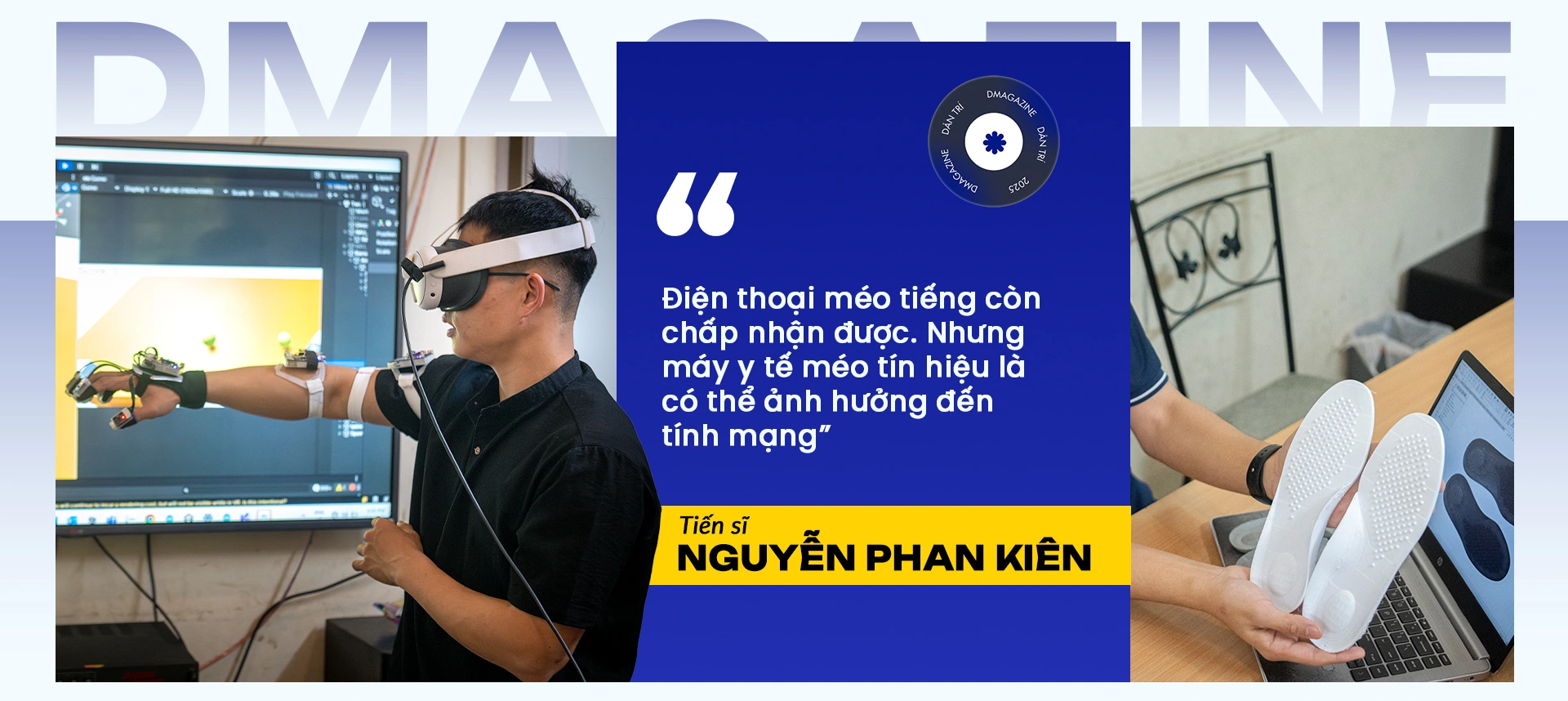
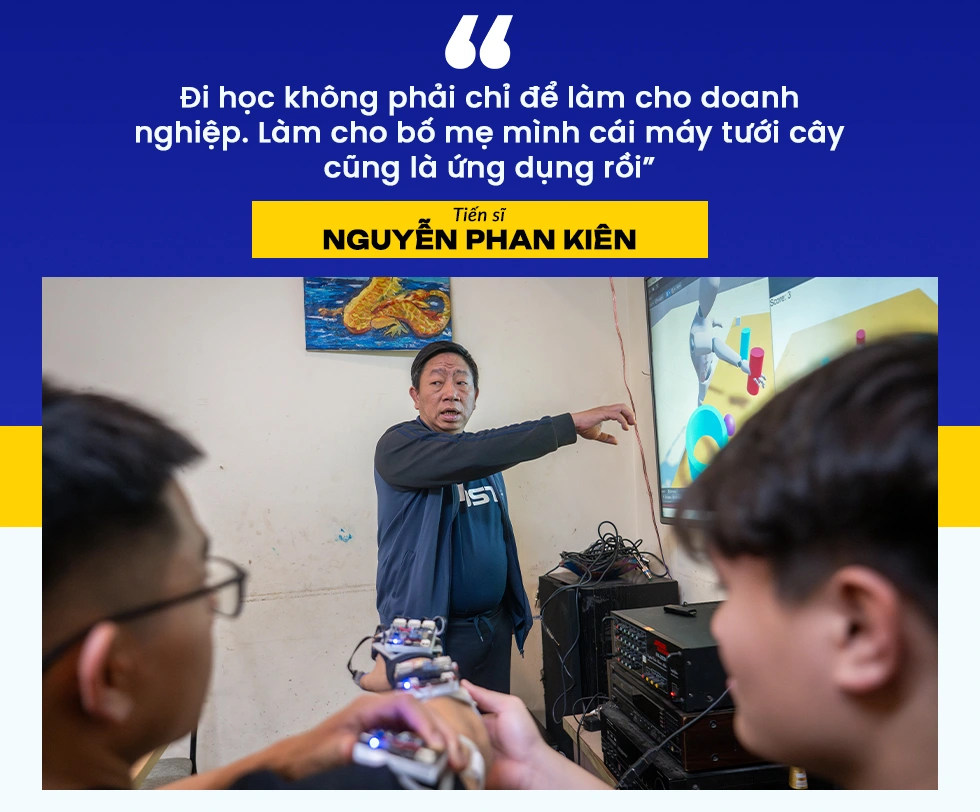
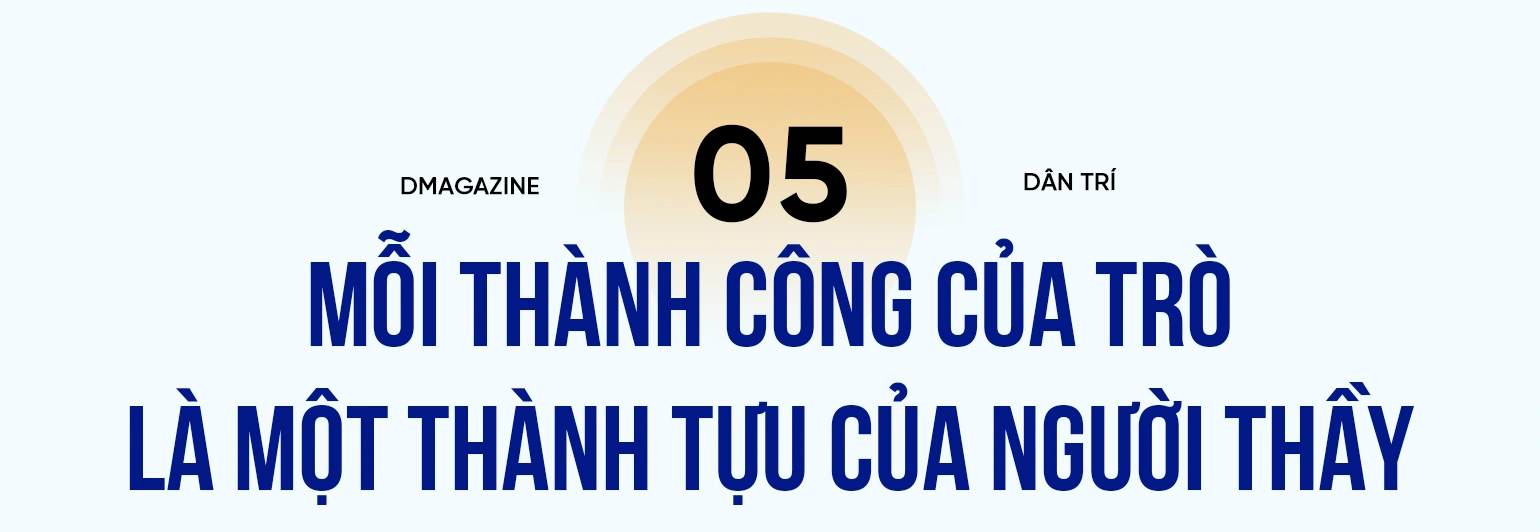
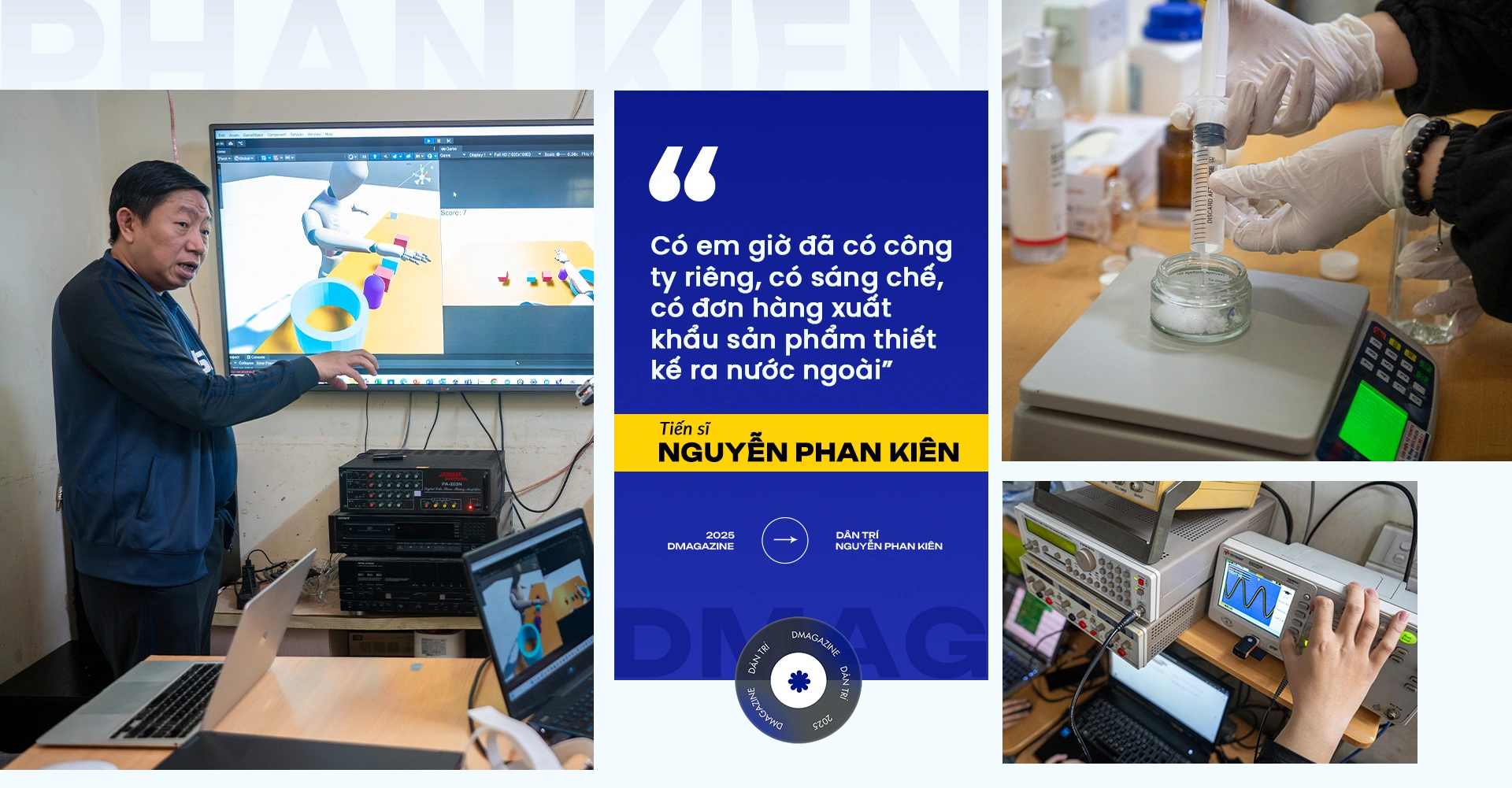
![[Photo] Draft documents of the 14th Party Congress reach people at the Commune Cultural Post Offices](https://vphoto.vietnam.vn/thumb/1200x675/vietnam/resource/IMAGE/2025/10/28/1761642182616_du-thao-tai-tinh-hung-yen-4070-5235-jpg.webp)



![[Photo] National Assembly Chairman Tran Thanh Man received a delegation of the Social Democratic Party of Germany](https://vphoto.vietnam.vn/thumb/1200x675/vietnam/resource/IMAGE/2025/10/28/1761652150406_ndo_br_cover-3345-jpg.webp)
![[Photo] Flooding on the right side of the gate, entrance to Hue Citadel](https://vphoto.vietnam.vn/thumb/1200x675/vietnam/resource/IMAGE/2025/10/28/1761660788143_ndo_br_gen-h-z7165069467254-74c71c36d0cb396744b678cec80552f0-2-jpg.webp)
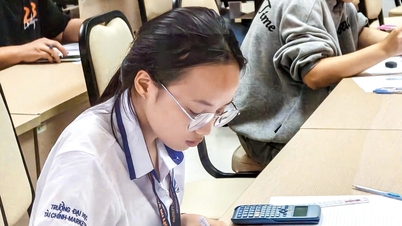

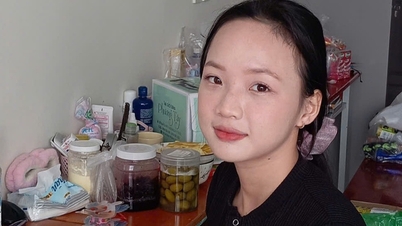



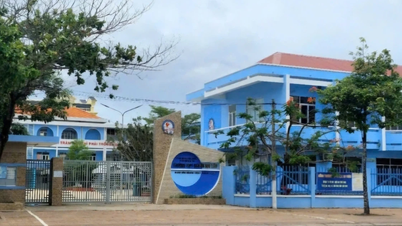





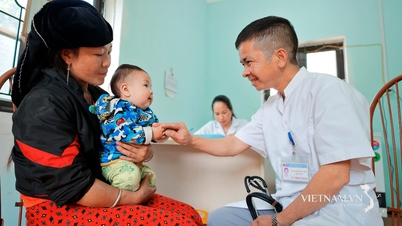



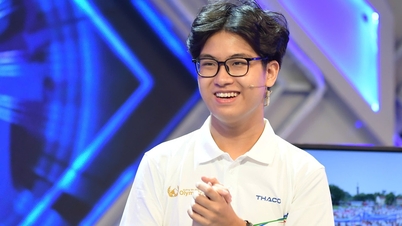
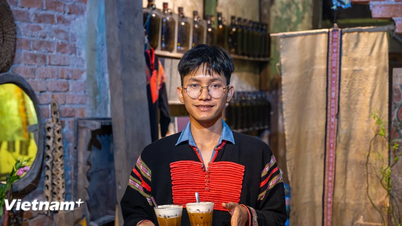

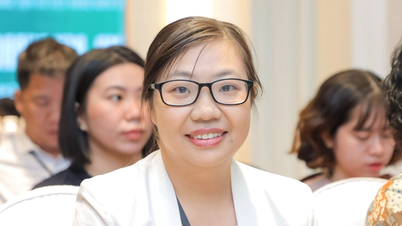




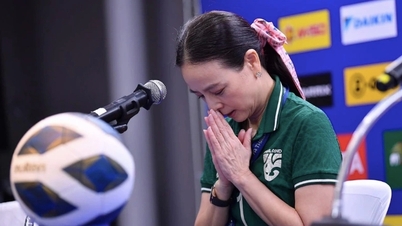
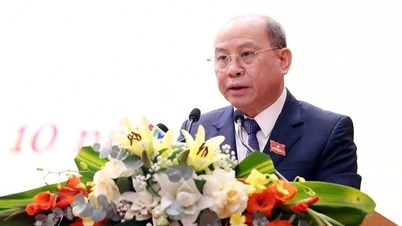
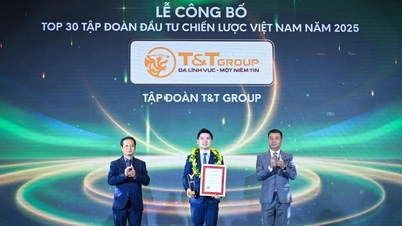
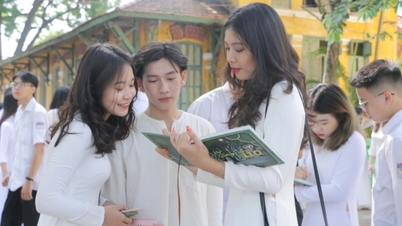


![[Photo] President Luong Cuong attends the 80th Anniversary of the Traditional Day of the Armed Forces of Military Region 3](https://vphoto.vietnam.vn/thumb/1200x675/vietnam/resource/IMAGE/2025/10/28/1761635584312_ndo_br_1-jpg.webp)
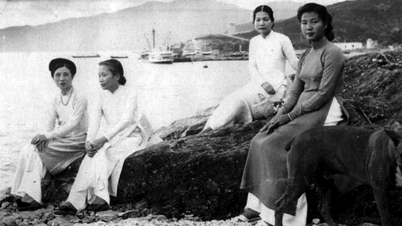
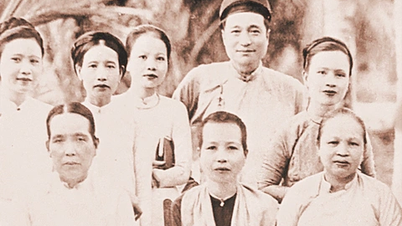
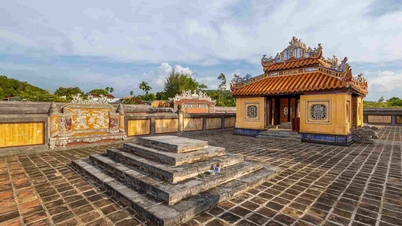







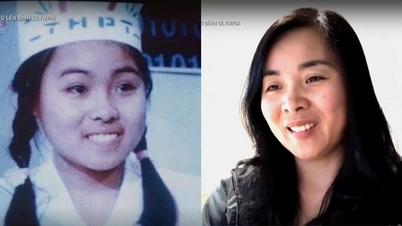

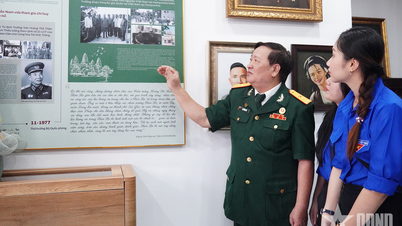

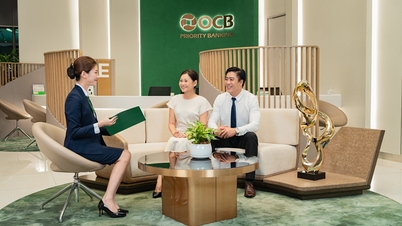
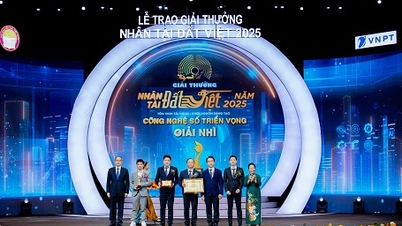
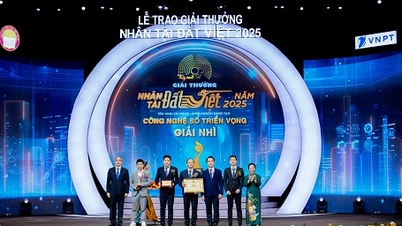

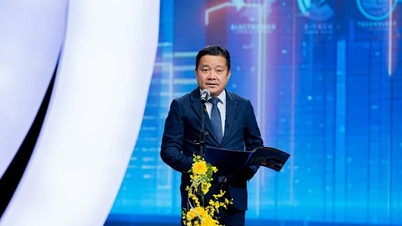
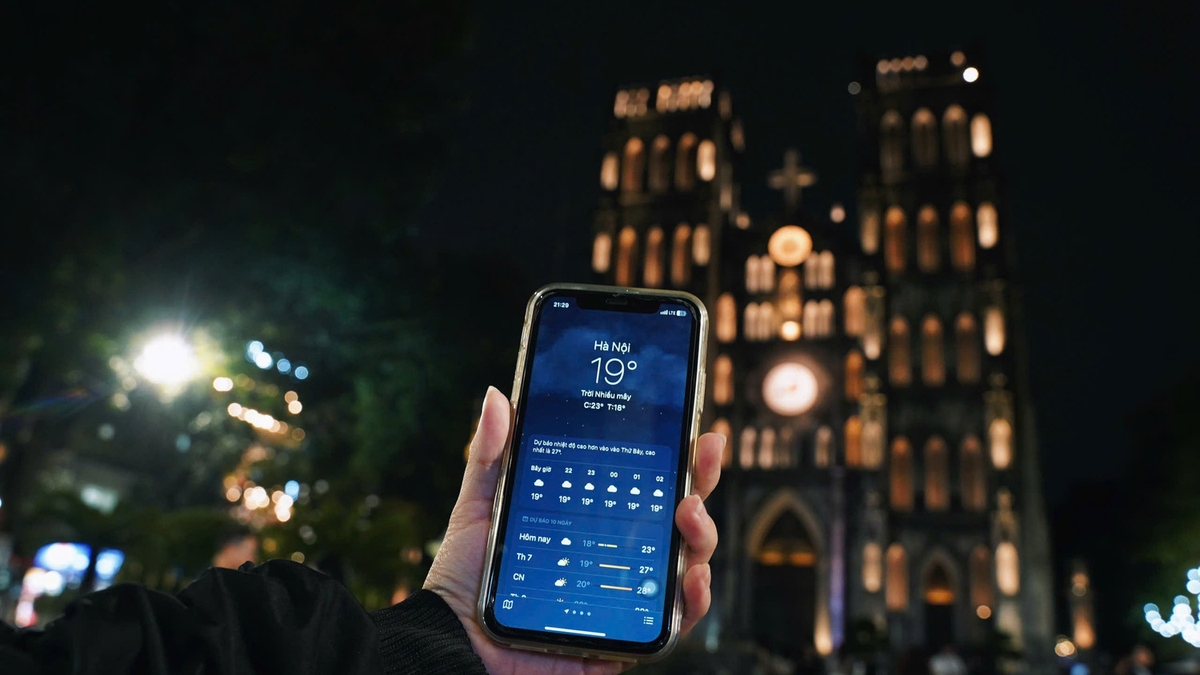


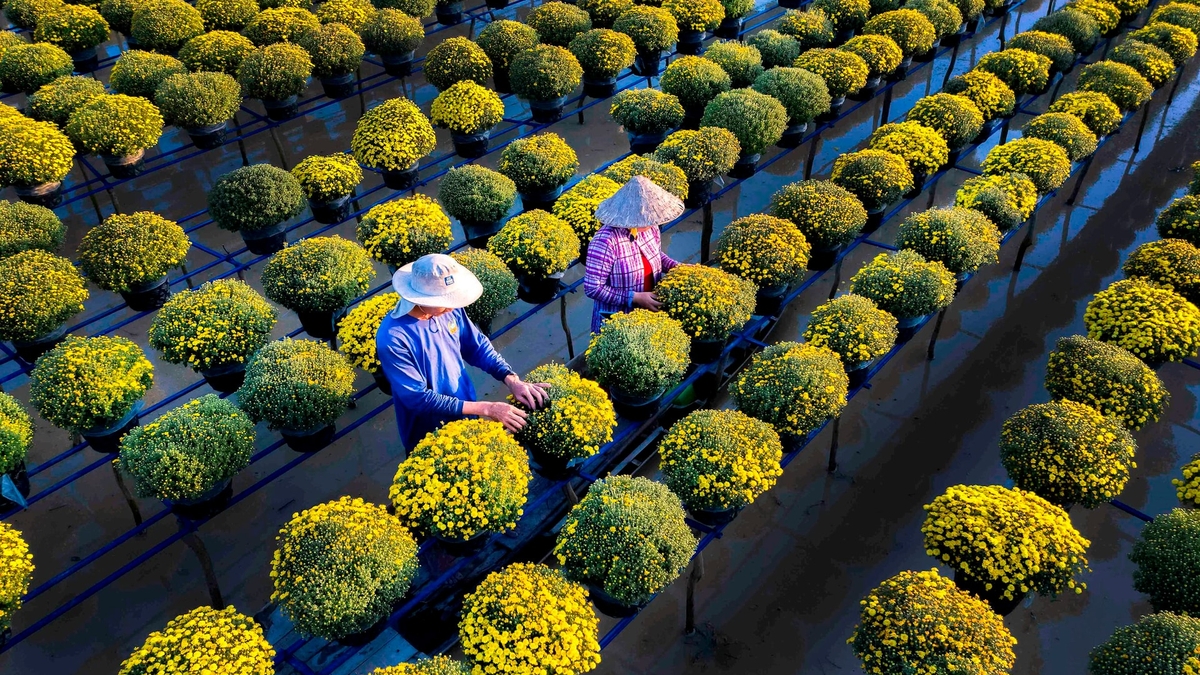


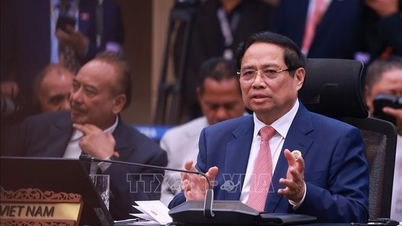
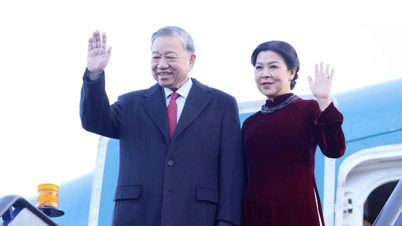





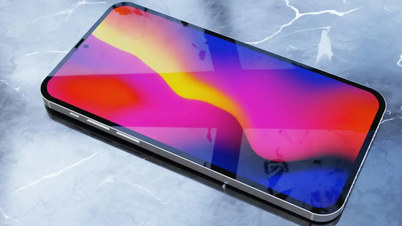
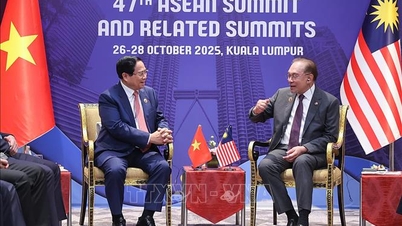

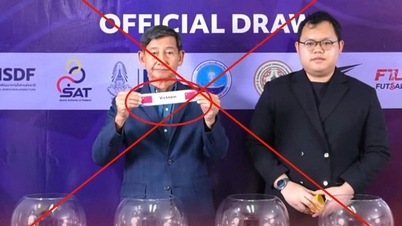

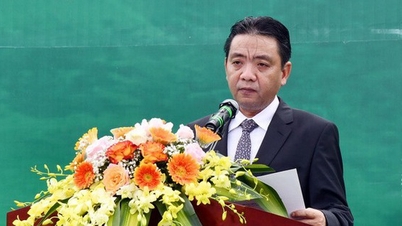
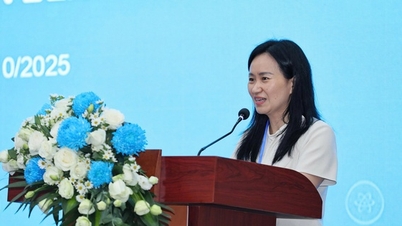

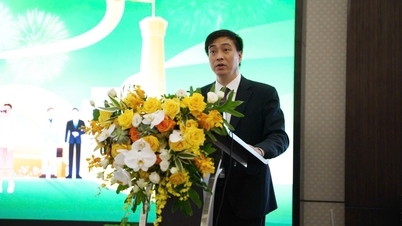


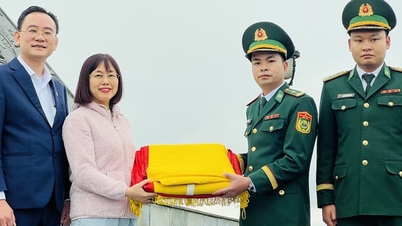
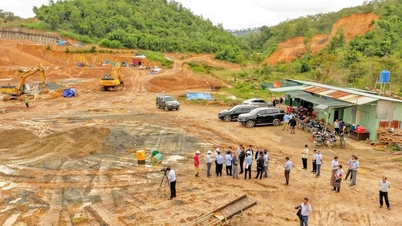

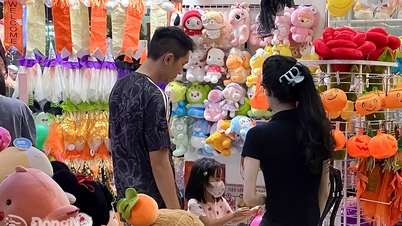

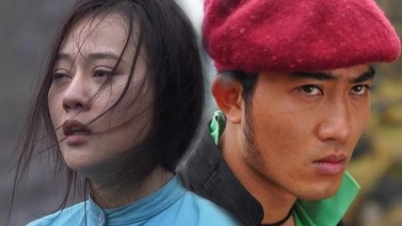

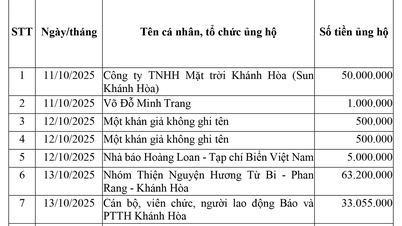


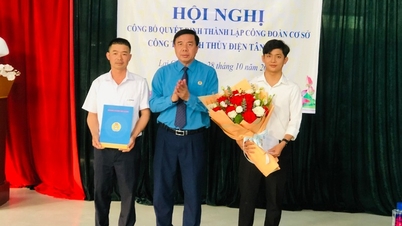

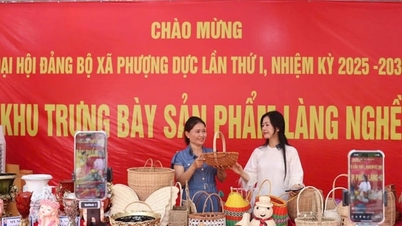








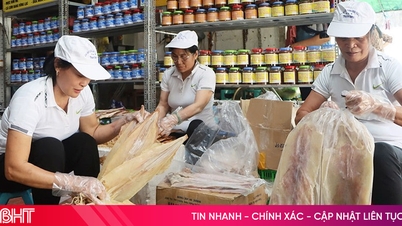






Comment (0)